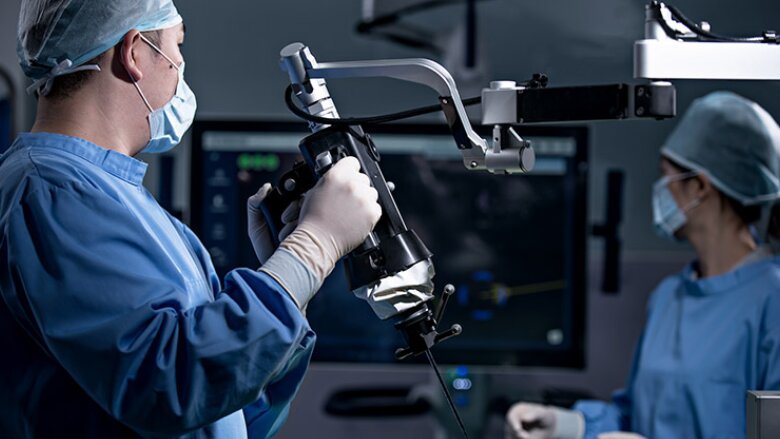Introduction
Cardiopulmonary resuscitation (CPR) is a crucial life-saving technique used during emergencies when someone’s heartbeat or breathing has stopped. Whether due to cardiac arrest, drowning, choking, or other medical conditions, performing CPR correctly can significantly increase a person’s chances of survival.
In this comprehensive guide, we will explore the importance of CPR, its step-by-step procedure, common mistakes to avoid, and preventive measures to reduce the risk of emergencies that may require CPR.
Understanding CPR
CPR is a combination of chest compressions and rescue breaths designed to maintain circulation and oxygen supply to vital organs until professional medical help arrives.
Why is CPR Important?
- Restores Blood Circulation: Keeps oxygenated blood flowing to the brain and heart.
- Increases Survival Chances: Immediate CPR can double or even triple survival rates.
- Prevents Brain Damage: After cardiac arrest, brain damage can occur within minutes without oxygen.
When to Perform CPR
CPR should be performed if a person is:
- Unresponsive and not breathing normally
- Experiencing cardiac arrest (no pulse)
- Gasping for breath or completely unconscious
Step-by-Step Guide to Performing CPR
Step 1: Assess the Situation
- Ensure the environment is safe for both you and the victim.
- Check for responsiveness by tapping their shoulder and shouting, “Are you okay?”
- If no response, immediately call for emergency medical help (911 or local emergency number).
Step 2: Check for Breathing and Pulse
- Tilt the person’s head back slightly to open the airway.
- Look, listen, and feel for breathing for no more than 10 seconds.
- If there is no normal breathing, check for a pulse on the neck (carotid artery).
- If no pulse or abnormal breathing is detected, start CPR immediately.
Step 3: Begin Chest Compressions
- Position yourself with your hands interlocked, placing them in the center of the chest (lower half of the sternum).
- Keep your arms straight and use your upper body weight to push down.
- Perform compressions at a rate of 100-120 per minute.
- Compress the chest at least 2 inches (5 cm) deep for adults and at least 1.5 inches (4 cm) for infants.
- Allow full chest recoil after each compression.
Step 4: Provide Rescue Breaths
- After every 30 chest compressions, give 2 rescue breaths.
- Pinch the nose, tilt the head back, and make a complete seal over the person’s mouth.
- Breathe in deeply and give a slow breath lasting about 1 second, watching for chest rise.
- If the chest does not rise, re-adjust the head and try again.
Step 5: Continue CPR Until Help Arrives
- Continue the cycle of 30 compressions and 2 breaths until:
- The person starts breathing normally.
- Medical professionals take over.
- An Automated External Defibrillator (AED) is available and ready to use.
- You are too exhausted to continue safely.
Special Considerations for Different Age Groups
CPR for Infants (0-12 months)
- Use two fingers instead of hands for chest compressions.
- Compressions should be 1.5 inches deep.
- Perform gentle rescue breaths, covering both the nose and mouth.
CPR for Children (1-8 years)
- Use one hand instead of two for compressions if necessary.
- Ensure chest compressions are at least 2 inches deep.
- Be gentler with rescue breaths to prevent lung damage.
CPR for Pregnant Women
- Position the victim on her left side if possible to relieve pressure on the heart.
- Follow standard CPR procedures while being mindful of the enlarged abdomen.
Common Mistakes to Avoid
- Not calling for emergency help first: Always call 911 before starting CPR.
- Improper hand placement: Placing hands too high or low can cause injury.
- Shallow compressions: Compressions should be deep enough to be effective.
- Over-ventilating: Too many rescue breaths can reduce effectiveness.
- Stopping too soon: Continue until professional help arrives.
Using an Automated External Defibrillator (AED)
An AED is a portable device that analyzes heart rhythm and delivers an electric shock if necessary.
How to Use an AED:
- Turn on the AED and follow voice prompts.
- Attach electrode pads to the victim’s bare chest.
- Stand clear while the device analyzes the heart rhythm.
- If a shock is advised, ensure no one is touching the victim and press the shock button.
- Resume CPR immediately after delivering the shock.
Preventing Cardiac Emergencies
1. Maintain Heart Health
- Eat a heart-healthy diet rich in fruits, vegetables, and lean proteins.
- Avoid excessive salt, sugar, and processed foods.
2. Regular Physical Activity
- Engage in at least 30 minutes of moderate exercise daily.
- Activities such as walking, jogging, swimming, and cycling help maintain heart health.
3. Manage Stress
- Practice relaxation techniques like meditation and deep breathing.
- Get adequate sleep and maintain a work-life balance.
4. Monitor Health Conditions
- Regularly check blood pressure, cholesterol levels, and blood sugar.
- Seek medical attention for symptoms like chest pain, dizziness, or breathlessness.
5. Avoid Smoking and Excessive Alcohol Consumption
- Smoking increases the risk of heart disease and stroke.
- Limit alcohol intake to moderate levels to prevent cardiac issues.
Conclusion
CPR is a vital skill that everyone should learn. Being prepared for an emergency can make the difference between life and death. By following these CPR steps correctly, avoiding common mistakes, and prioritizing preventive health measures, you can help save lives and reduce the likelihood of cardiac emergencies. Everyone should take the time to learn CPR and encourage others to do the same—because in a life-threatening situation, every second counts.
Dr. Zaar’s Final Advice
- Practice CPR on manikins to build muscle memory.
- Teach your family—kids as young as 9 can learn hands-only CPR.
- Stay calm—panic reduces effectiveness.
Remember: Even imperfect CPR is better than no CPR. You can save a life.
FAQ: CPR Quick Answers
Q: Can CPR restart a stopped heart?
A: No—CPR keeps blood flowing until an AED or medical help restarts the heart.
Q: What if I break ribs during CPR?
A: Rib fractures happen, but saving a life is more important.
Q: Should I do CPR on a drowning victim?
A: Yes! Start with 5 rescue breaths first, then continue CPR.
If you learn more about CPR, Please visit the drzaar.com










